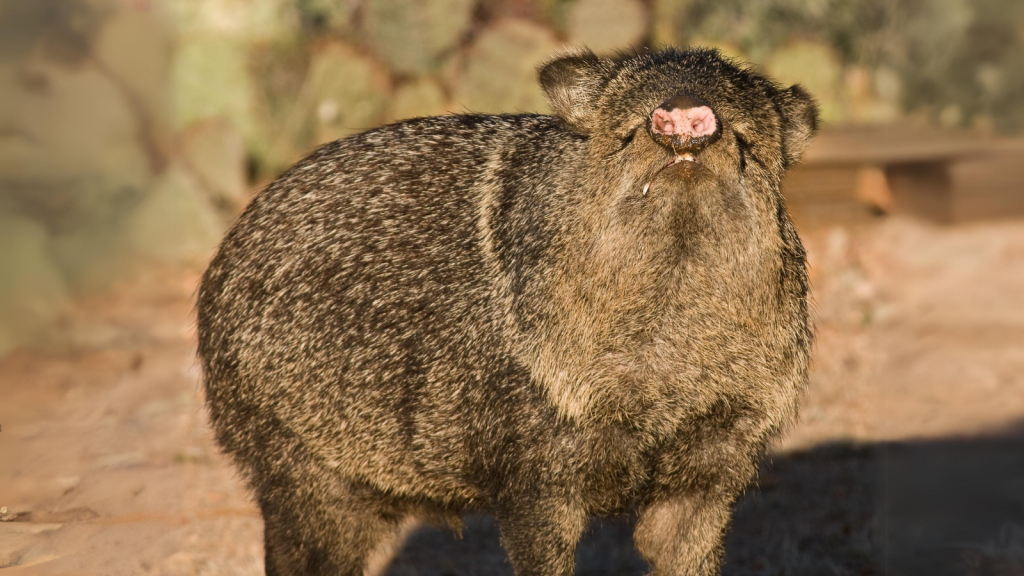Imagine biting into a spiky, spine-covered plant. Sounds painful, right? Yet in the sun-baked deserts of the Americas, a remarkable cast of creatures does just that every day, from tiny insects with specialized mouthparts to robust mammals with iron-clad stomachs. These cactus connoisseurs turn these prickly plants into a vital source of food and water. As you’re about to discover, these plants aren’t just passive victims – they’ve developed their own tricks to survive the onslaught.
Cactus Wren
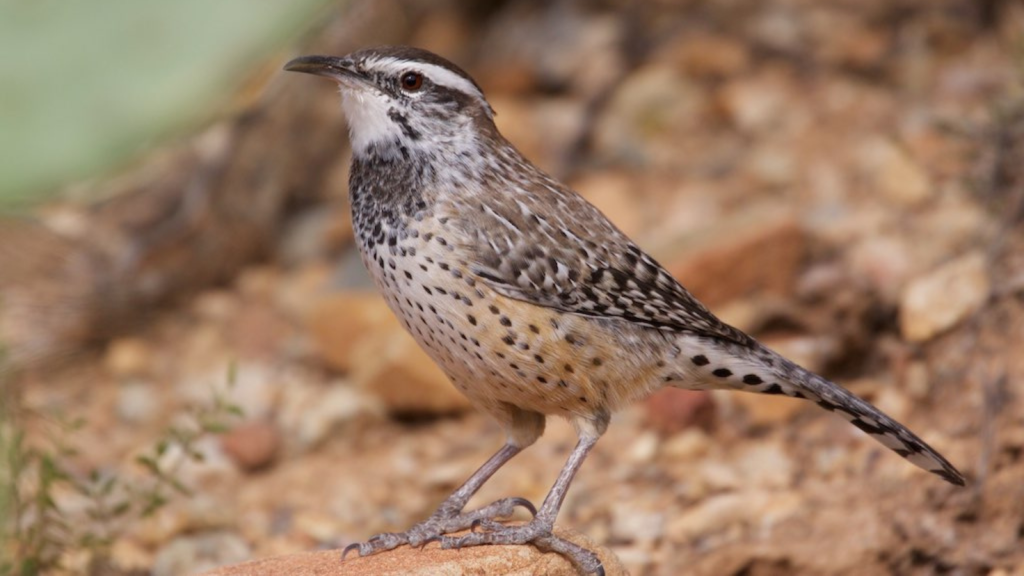
The cactus wren, native to the southwestern United States and Mexico, has a special relationship with cacti. These birds not only eat cactus fruits but also build their nests among the spines for protection. Their strong, slightly curved beaks allow them to easily pluck fruits and insects from cacti without injury. Cactus wrens have even been observed using cactus spines as tools to probe for insects in tree bark.
Packrat
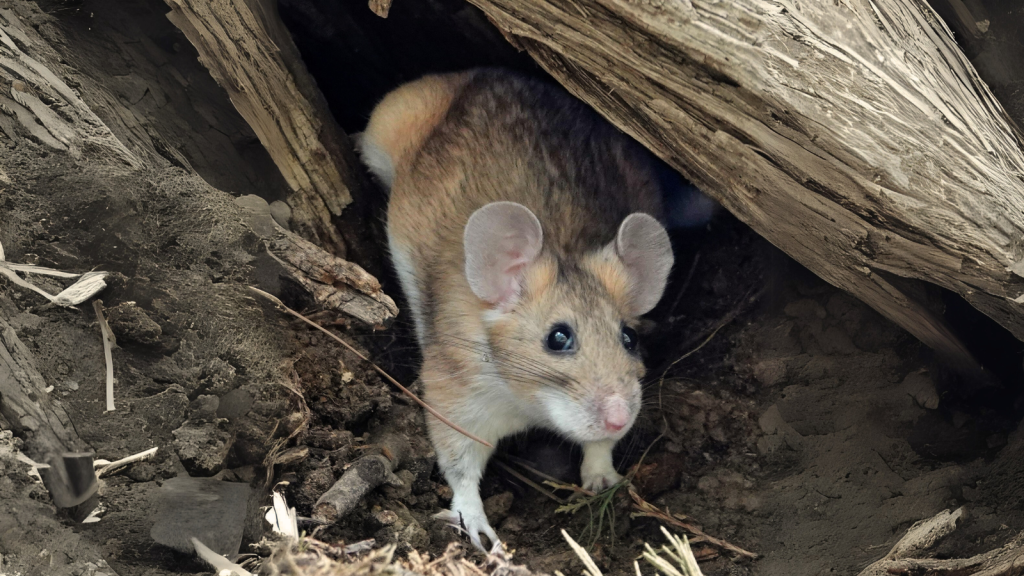
Also known as woodrats, packrats are skilled cactus consumers. They’ve developed a clever technique to eat prickly pear cactus pads. Using their teeth, they carefully gnaw around the spines, creating a “handle” to hold the pad while they munch on the juicy interior. Packrats also collect cactus pieces to line their nests, providing both food and shelter.
Javelina
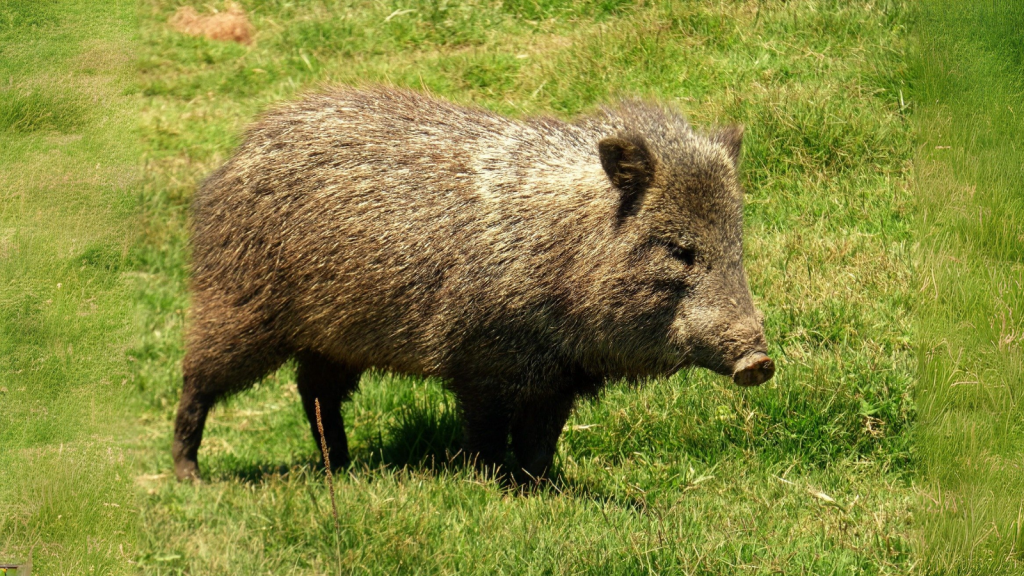
Javelinas, or collared peccaries, are pig-like mammals that roam the deserts of the Americas. These tough animals have adapted to eat various parts of cacti, including the fruits, flowers, and even the spiny pads. Their thick, bristly fur and tough mouths protect them from cactus spines. Javelinas often travel in herds, working together to knock down tall cacti to access the juicy parts.
Desert Tortoise
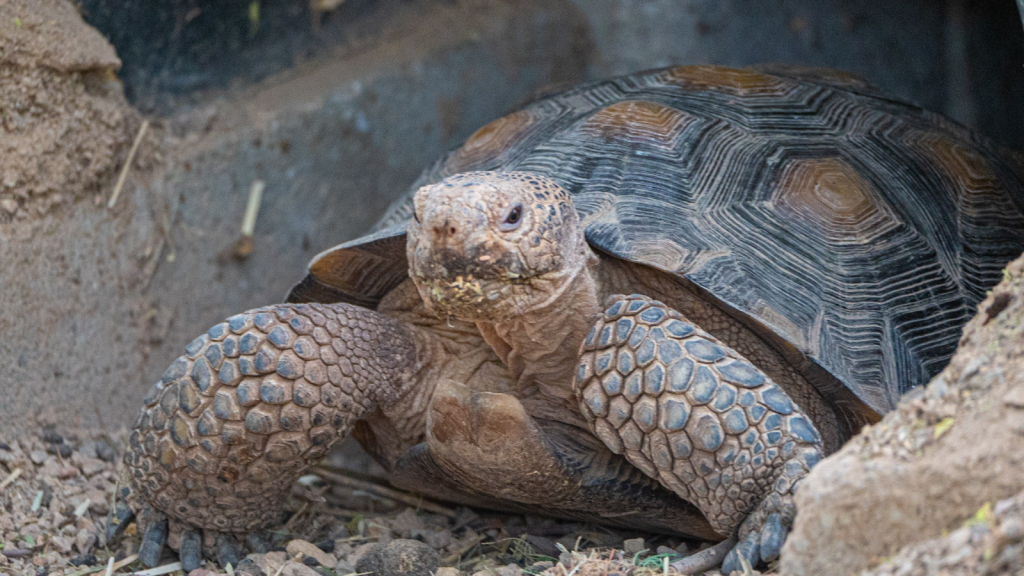
The desert tortoise has evolved to thrive on a diet that includes cacti. Their strong, beaked mouths can easily bite through tough cactus skin. These tortoises are particularly fond of the fruits and flowers of prickly pear cacti. During dry seasons, cacti become a crucial source of both food and water for these resilient reptiles.
Cactus Moth
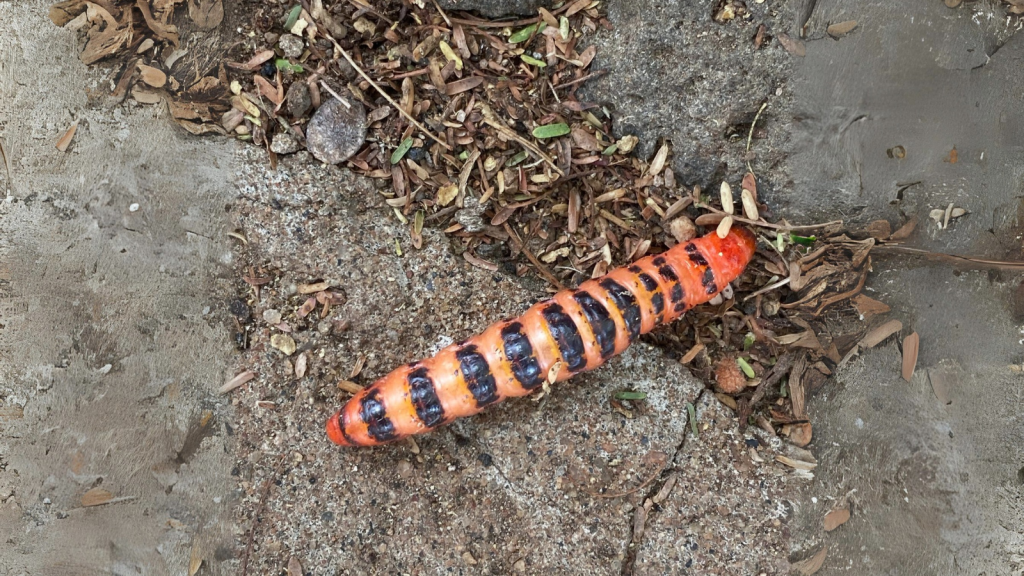
The cactus moth is both a consumer and a pest of cacti. The larvae of these moths bore into cactus pads, eating the interior flesh. While this provides the moths with food and shelter, it can severely damage or kill the cactus. Originally from South America, these moths have become invasive in some areas, threatening native cactus populations.
Gila Woodpecker
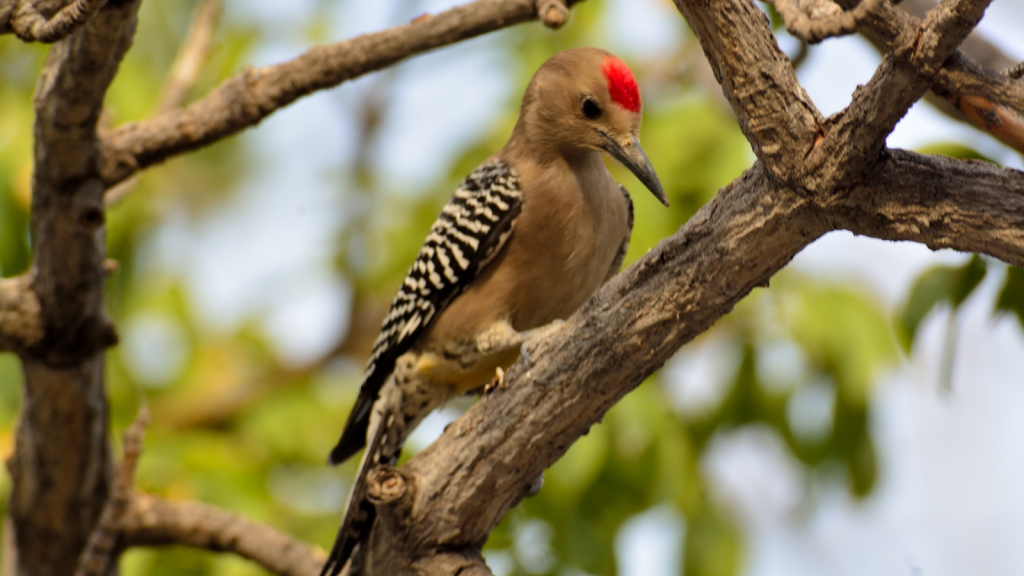
Gila woodpeckers are expert cactus eaters, particularly fond of saguaro cacti. They use their strong beaks to drill holes in the cactus, both for nesting and to access the juicy interior. These woodpeckers eat cactus fruits, nectar, and even insects that live within the cactus. Their ability to access water stored in cacti helps them survive in arid environments.
White-Winged Dove

White-winged doves have a special relationship with saguaro cacti. These birds time their breeding season to coincide with saguaro fruit production. They eat the fruits and nectar of the cactus, helping to disperse seeds in the process. The doves’ digestive systems are adapted to efficiently process the cactus fruits, extracting maximum nutrition and moisture.
Cactus Bug
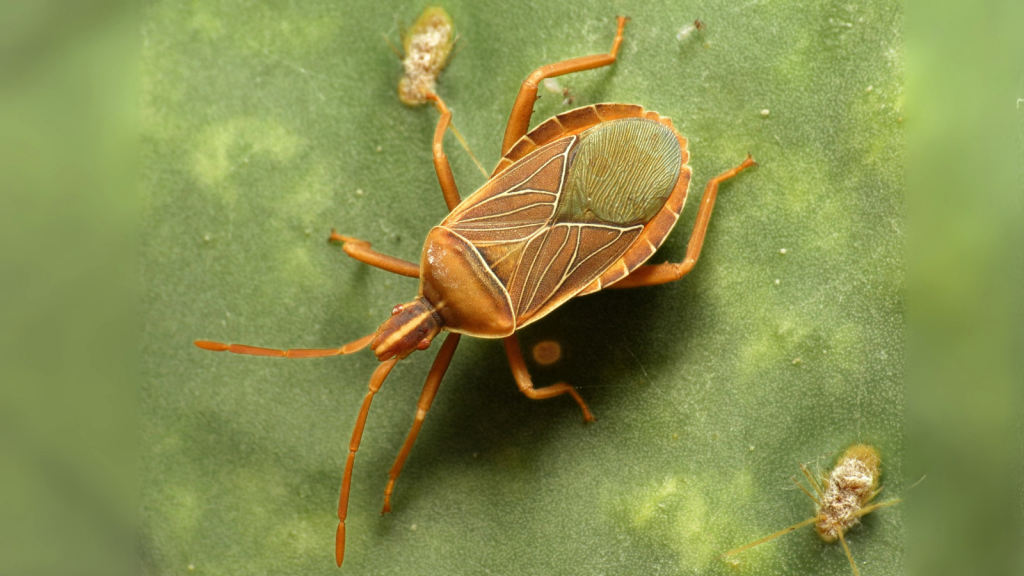
Cactus bugs, or Chelinidea vittiger, are small insects that feed exclusively on cacti. They use their specialized mouthparts to pierce the skin of cactus pads and suck out the sap. While a few bugs won’t harm a healthy cactus, large infestations can weaken or kill the plant. These insects have evolved to tolerate the toxic compounds found in some cacti.
Antelope Ground Squirrel
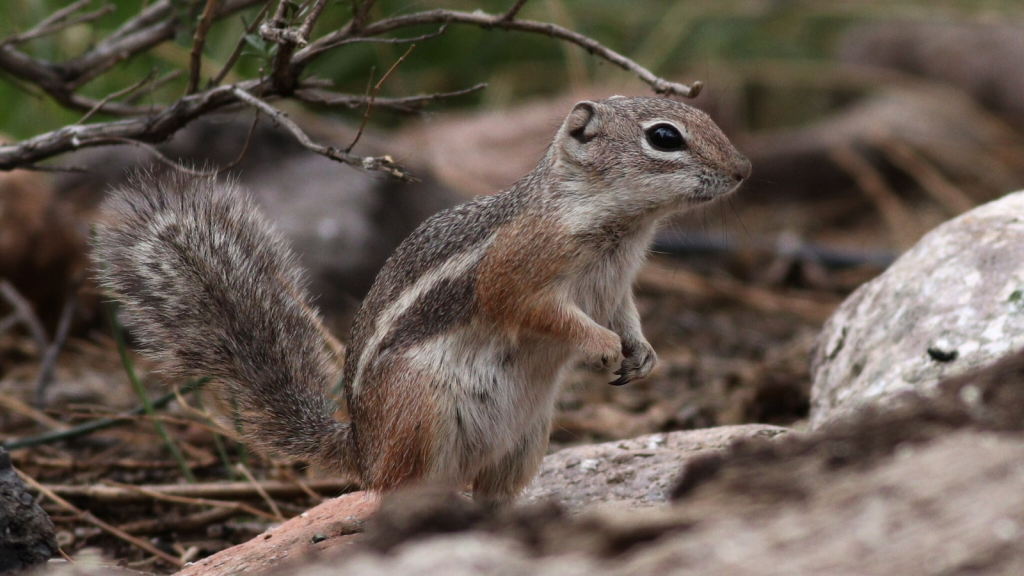
The antelope ground squirrel is a small rodent that’s well-adapted to desert life. These nimble creatures can safely navigate around cactus spines to eat the fruits, seeds, and even the flesh of various cacti. They’re particularly fond of prickly pear fruits. Antelope ground squirrels can obtain much of their required water intake from the cacti they eat, allowing them to survive in very dry environments.
Cactus Longhorn Beetle
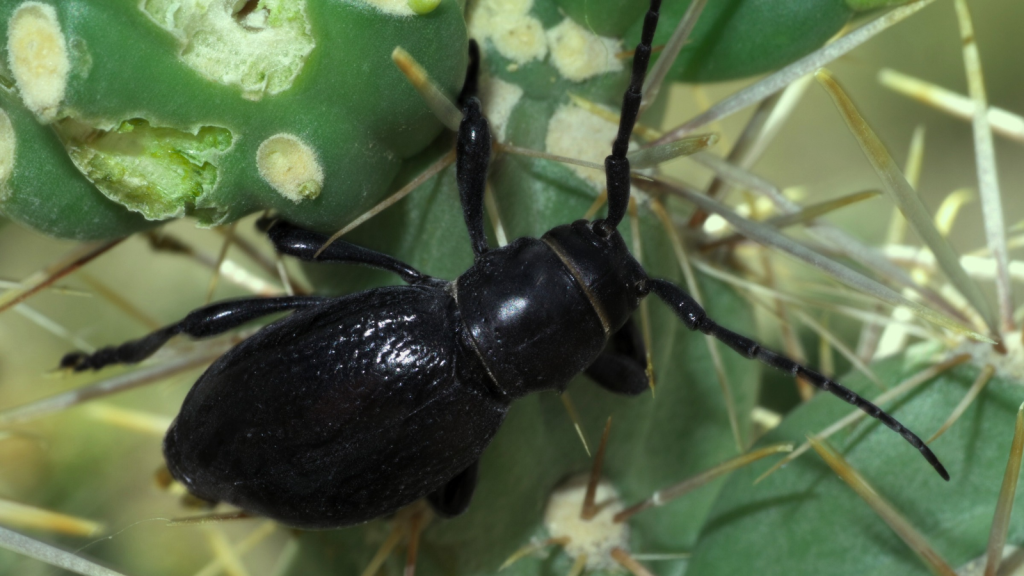
The cactus longhorn beetle has evolved to feed exclusively on cacti. The larvae of these beetles bore into cactus stems, eating the interior as they grow. Adult beetles emerge to feed on the exterior of the cactus. While their feeding can damage cacti, it also plays a role in cactus population control in their native habitats.
Desert Bighorn Sheep
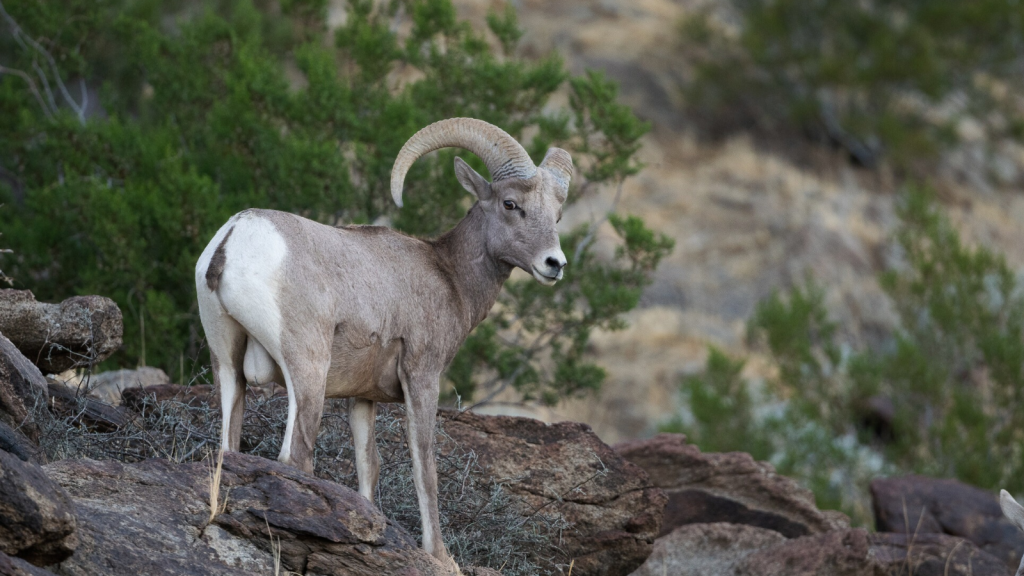
Desert bighorn sheep, despite their size, are adept at eating cacti. They use their tough lips and tongues to maneuver around the spines and consume the juicy pads. These sheep often eat prickly pear cacti, which provide both food and water. During dry seasons, cacti can make up a significant portion of their diet.
Harris’s Antelope Squirrel
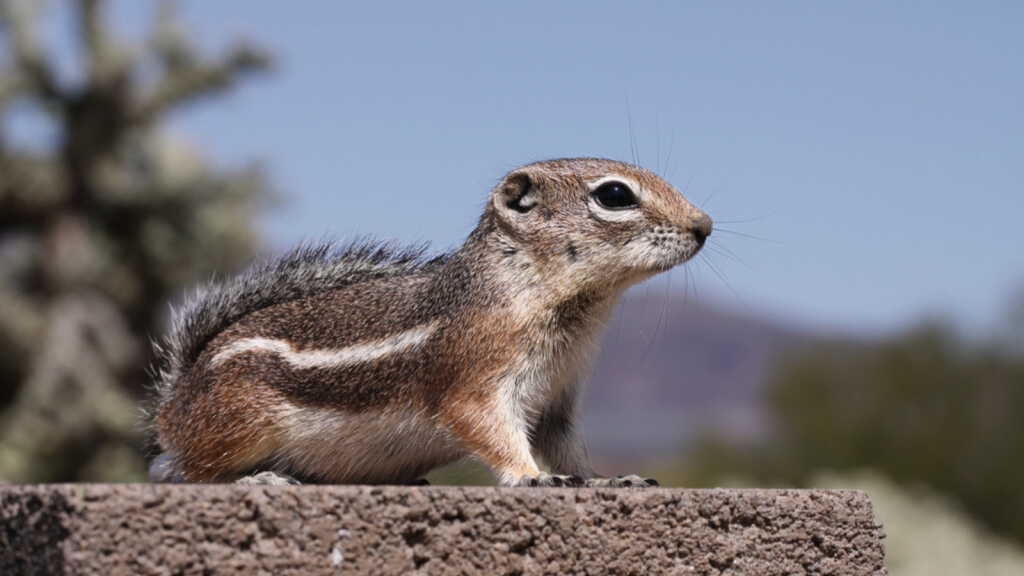
Harris’s antelope squirrel is another rodent that’s adapted to eat cacti. These squirrels are known for their ability to eat the highly acidic and potentially toxic fruits of the barrel cactus. They’ve developed specialized digestive systems that allow them to neutralize the acids and toxins found in these fruits. This adaptation gives them access to a food source that many other animals can’t utilize.
Cochineal Insect
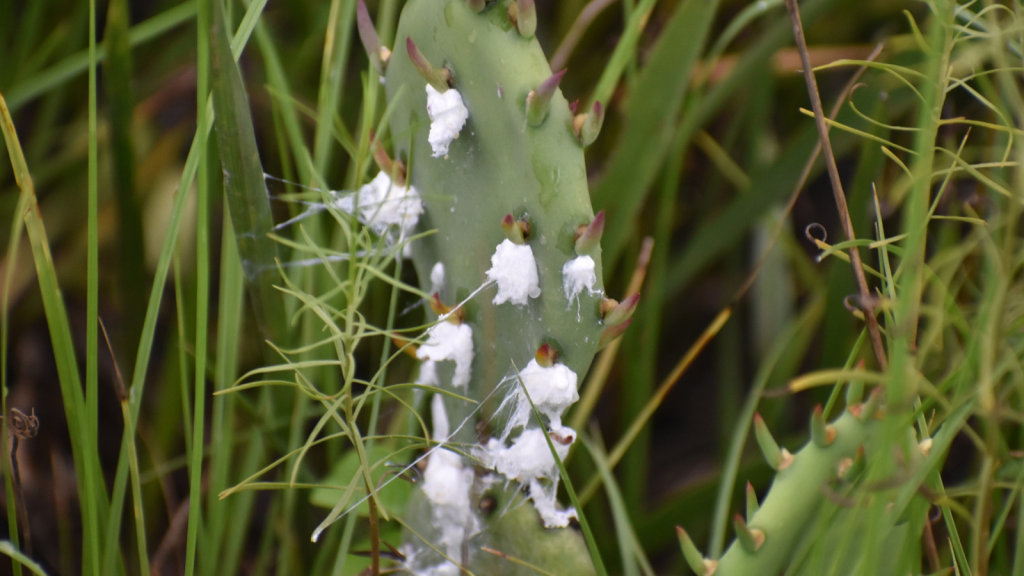
The cochineal insect is a small bug that feeds exclusively on prickly pear cacti. These insects pierce the cactus pad with their mouthparts and feed on the sap. Interestingly, cochineal insects produce a bright red pigment as a byproduct of their cactus diet. This pigment has been used for centuries as a natural dye.
Jackrabbit
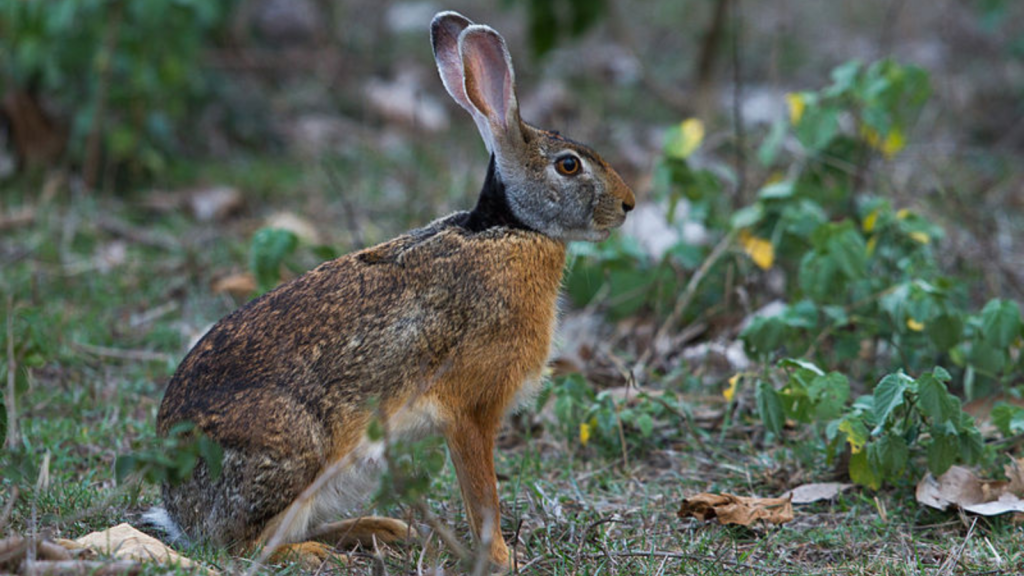
Jackrabbits, despite their association with carrots in popular culture, are skilled cactus eaters in their desert habitats. They use their sharp incisors to carefully nibble around the spines of prickly pear pads. Jackrabbits have also been observed eating the fruits and flowers of various cacti. This cactus-eating ability helps them survive in arid environments where other food sources may be scarce.
Cactus Ferruginous Pygmy Owl
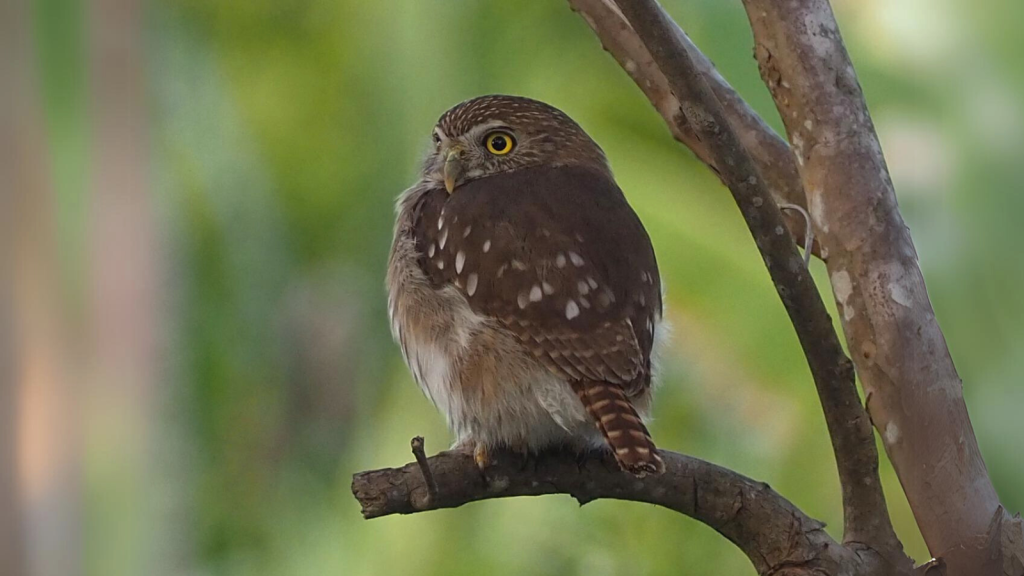
The cactus ferruginous pygmy owl doesn’t eat cacti directly, but it has a unique relationship with these plants. These small owls often nest in holes in saguaro cacti, created by other birds like woodpeckers. From these cactus perches, they hunt small animals that come to feed on the cactus, including some of the other animals on this list. This showcases how cacti support entire food chains in desert ecosystems.

